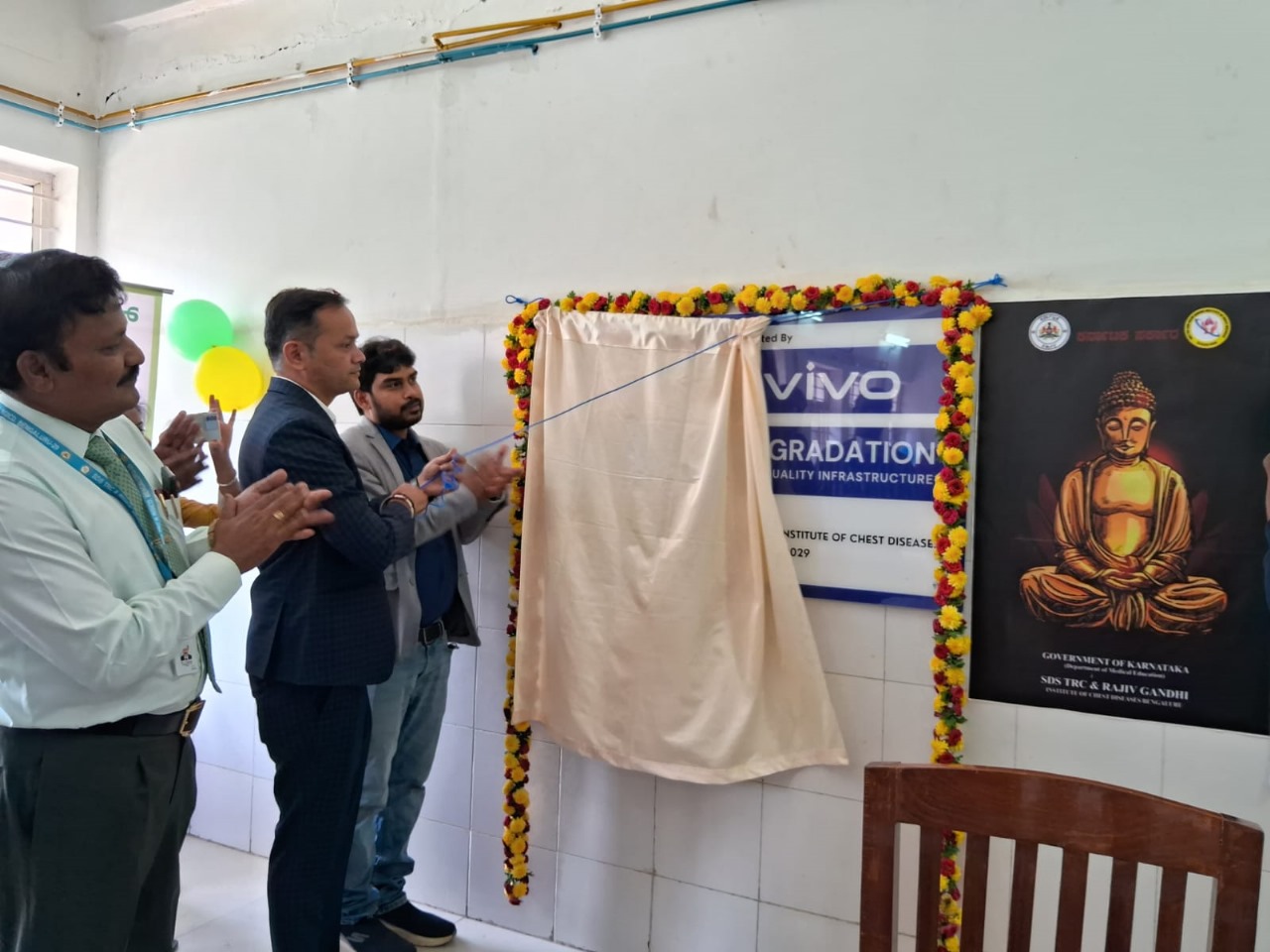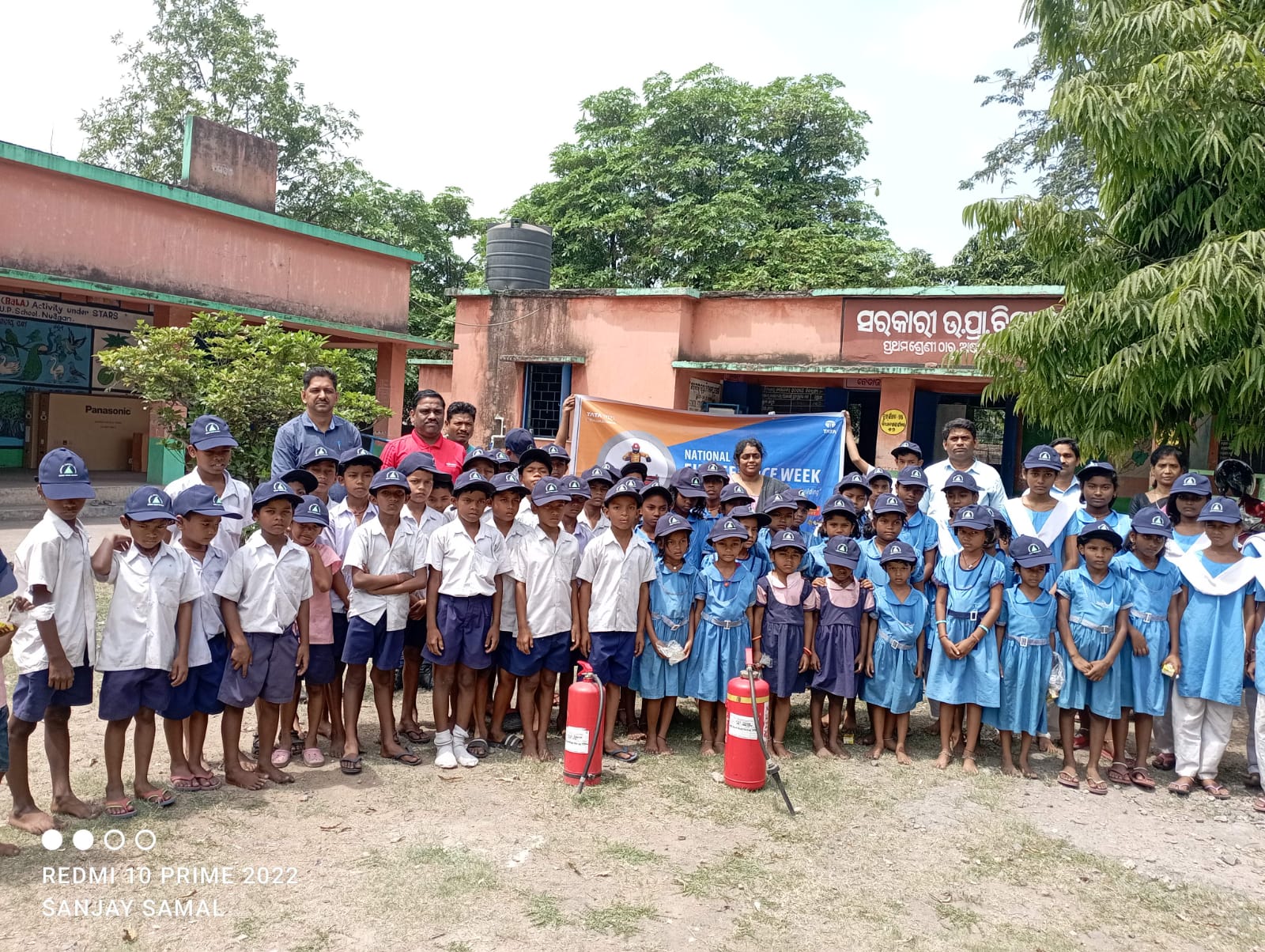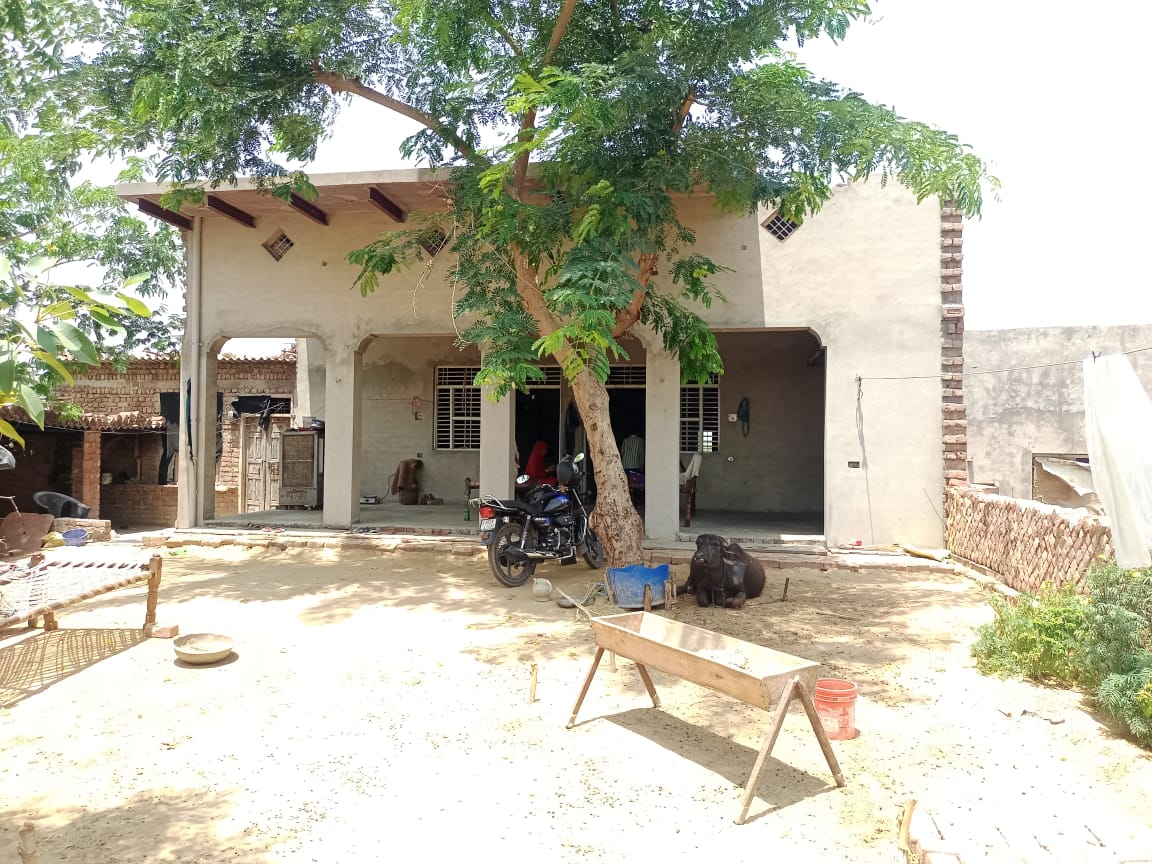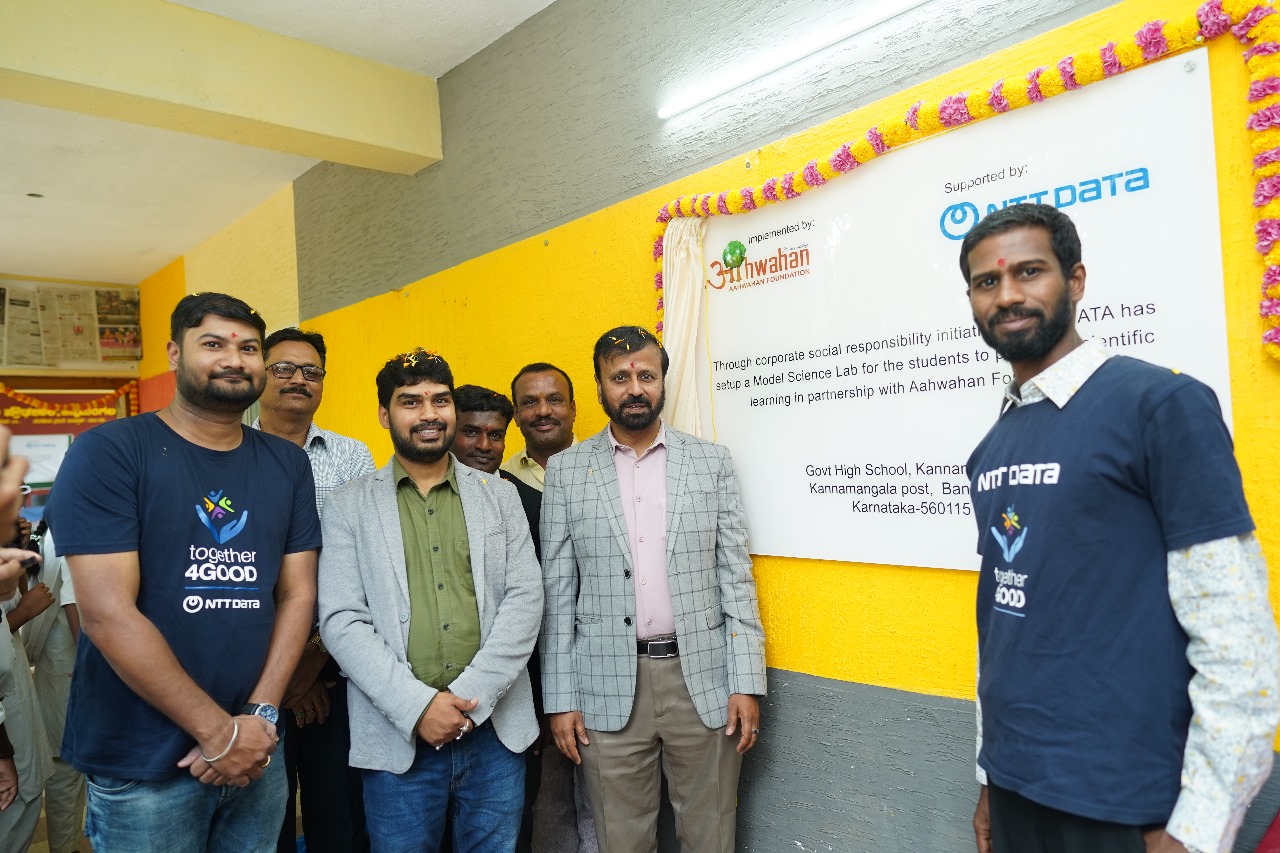Microgrids light up these remote Maharashtra villages
By Hindustan Times
June 11, 2018
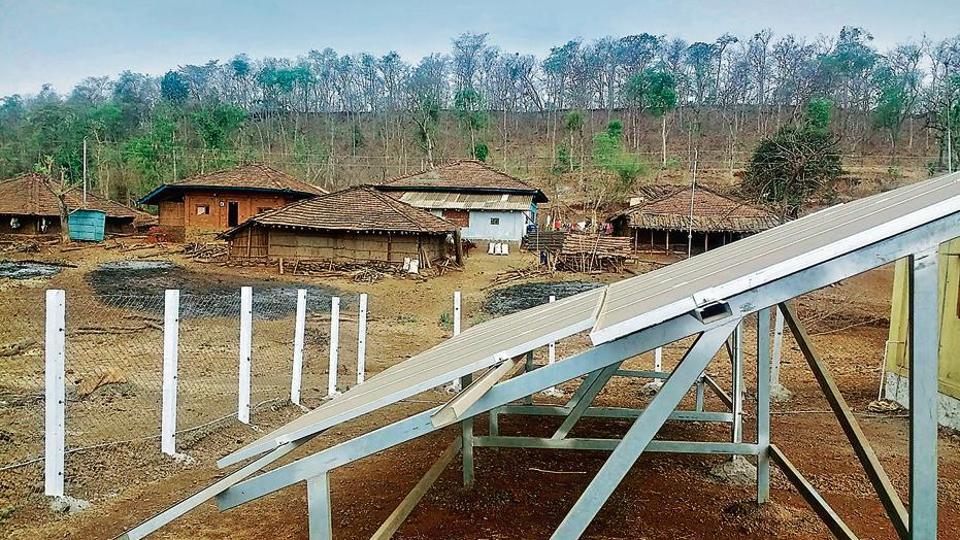
“When darkness falls, our identity ends,” says Ankush Roz. The Warli adivasi waits in his village for Godot -- the Discom man who never comes. He might as well be echoing Beckett: “Nothing happens. Nobody comes. Nobody Goes. It’s awful!”
The 10 to 12 hamlets tucked into the forest are 8km uphill from Dahigaon beyond Khardi (in western Maharashtra, barely two hours from Mumbai). They are located uphill behind the reservoir of Vaitarna, and Tansa is just 30 minutes away as the crow flies. They live in the shadow of the source of Mumbai’s primary drinking water supply.
The adivasi population moved here when the Vaitarna and Tansa dams were being built in the late 1950s. They continue to live in mud-and-bamboo thatched homes, with coarse dirt for floors. Most of them survive on seasonal agriculture, which is impossible during the arid months. In the monsoons, roaring rivulets cut them off from the towns below and pregnant women must walk down to the medical centre at Khardi days before delivery.
Thanks to the proximity to Mumbai, manual labour gives them some regular income. In time, their settlement has acquired a notional permanence. Social workers make the rounds with polio vaccines. A primary school has come up in Shisauli. Allocations from the Rajiv Awas Yojana to build brick-and-mortar houses have just begun to trickle their way. External toilets bear plaques listing sponsorship by charitable organisations, but have no sewage outlets or water, and therefore lie unused.
Little wonder then that the villagers brought out a wedding band for the inauguration of the first streetlight atop a pole stuck in the centre of the village this January, when an official from Tata Capital came to flip the switch.
Gram Oorja, a Pune-based organisation liaises with corporates to acquire funding out of their Corporate Social Responsibility budgets and with NGOs to implement renewable energy models. It brought solar grids to six of these remote hamlets under the Dahigaon gram panchayat: Talavda, Shisauli, Manachamba, Vadpada, Tundepada and Tahandalpohi.
Together, these hamlets have an estimated 225 households, of which 85-90% have hooked up to the solar grid. They appoint a village committee.
It, in turn, appoints a manager to maintain records, clean and protect the grid, and collect tariff according to usage. This is then deposited into a committee-run bank account. The collections will go towards replacing the batteries in four years.
The neglect of such hamlets by the conventional grid system stems from administrative calculations of what constitutes a rural village. Several populations have been tucked into a larger village census count for different administrative purposes.
Dahigaon itself was linked to the conventional electricity grid 15 years ago. The extension of Dahigaon’s grid upwards into these tribal hamlets should have been a logical progression. But this is where electrification falls prey to social hierarchies and obstacles larger than mere generation and supply of power.
That’s why Debajit Palit, associate director of rural energy and livelihoods at The Energy and Resources Institute (TERI), calls the push for 100% electrification “a paradigm shift”.
© Renalysis Consultants Pvt Ltd



